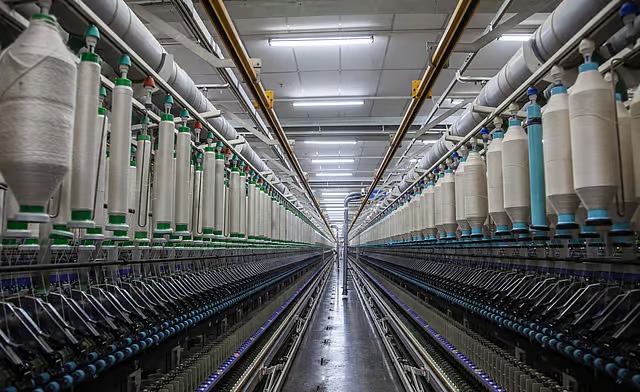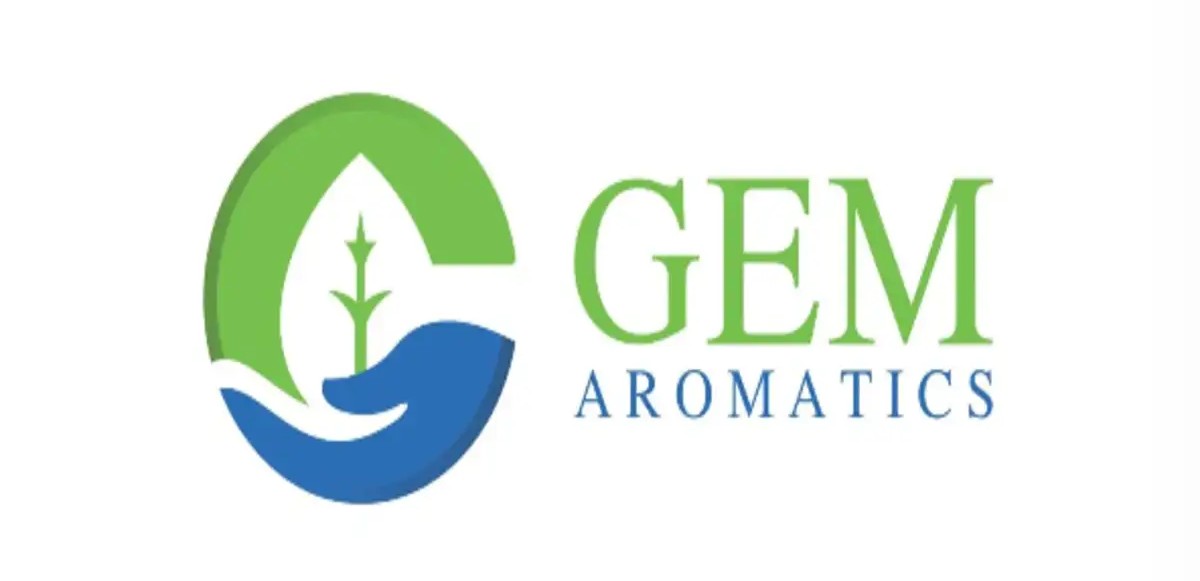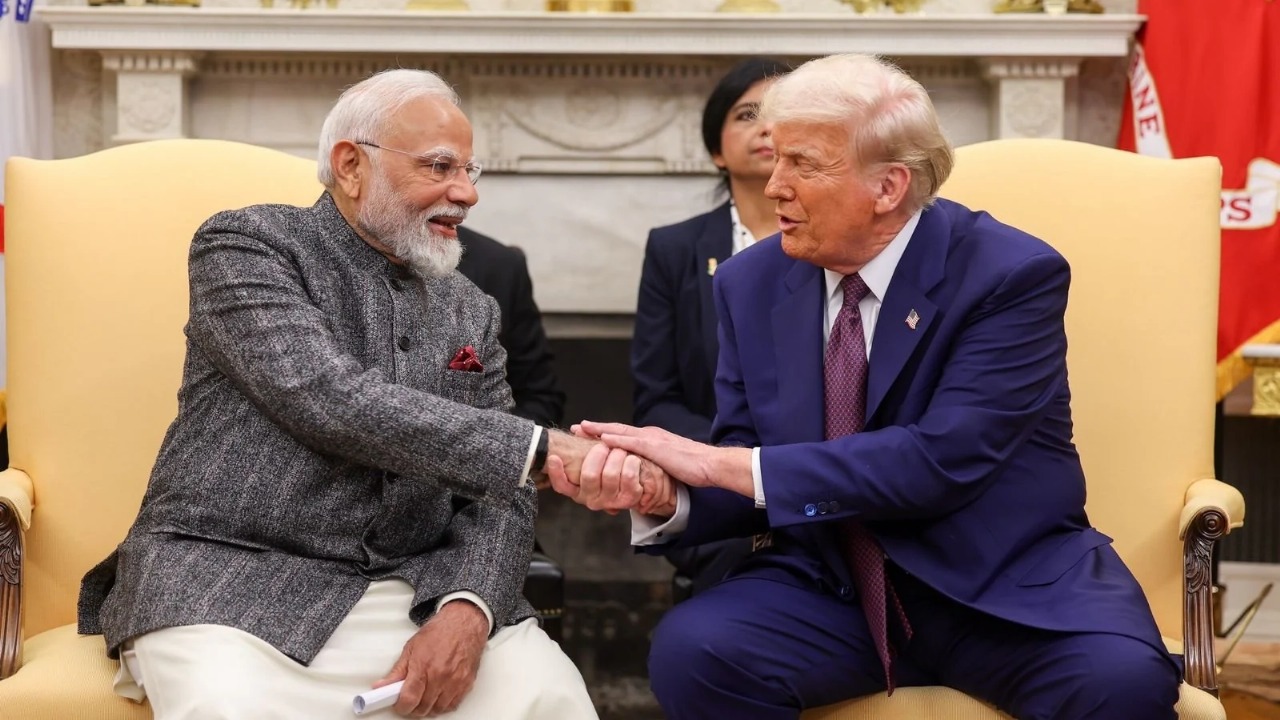
Follow WOWNEWS 24x7 on:

In a swift and strategic response to the latest tariff escalation by the United States, Indian apparel exporters are recalibrating their global supply chains. With President Donald Trump doubling duties on Indian garments and textiles, major players in the sector are now eyeing the United Kingdom and European Union as alternative growth markets. This shift marks a significant moment in India’s export strategy, blending resilience with opportunity.
Here’s a comprehensive breakdown of the developments, implications, and future outlook.
1. The Tariff Blow from Washington
The Trump administration’s recent decision to hike tariffs on Indian goods—particularly garments—has sent shockwaves through the textile export industry. The move, reportedly linked to geopolitical tensions over India’s Russian oil imports, has increased duties on apparel by up to 25 percent.
Key highlight: Indian exporters now face a competitive disadvantage compared to countries like Bangladesh and Vietnam, which enjoy more favorable trade terms with the US.
2. Strategic Diversification to UK and EU
To counteract the tariff impact, leading Indian apparel firms such as Raymond Group, Gokaldas Exports, and Pearl Global Industries are actively shifting focus to the UK and EU markets. This pivot is supported by recent and upcoming Free Trade Agreements that eliminate or reduce duties on Indian textiles.
Key highlight: The India-UK FTA has already removed a 9.6 percent tariff on readymade garments, making Indian products more competitive on British shelves.
3. Export Growth and Market Potential
India is currently the fourth-largest supplier of garments to the UK, holding a 6.1 percent market share. With the new trade deal in place, exports to the UK grew by 7.8 percent in 2024–25 compared to the previous year. The EU, with its vast consumer base and demand for sustainable fashion, presents another lucrative frontier.
Key highlight: Apparel Export Promotion Council (AEPC) projects that Indian exports to the UK could double within three years, driven by tariff-free access and rising demand.
4. Product Focus and Competitive Edge
Indian exporters are leveraging their strengths in cotton-based and knitted garments, which remain in high demand across Europe. Top products include T-shirts, vests, dresses, and babywear—all categories where India has a reputation for quality and affordability.
Key highlight: The removal of tariffs puts Indian exporters on par with competitors like Turkey and Bangladesh, who previously enjoyed duty-free access in the UK market.
5. Government Support and Policy Push
Industry bodies are urging the Indian government to accelerate trade negotiations with the EU and other regions. There’s also a call for domestic reforms to reduce production costs and improve logistics, ensuring Indian exporters remain competitive globally.
Key highlight: The Confederation of All India Traders (CAIT) emphasized that Indian businesses are adaptable and will find new markets even when access to one is restricted.
6. Airlifting and Tactical Logistics
In a parallel move, some exporters are opting to airlift high-value consignments to the US to beat potential reciprocal tariffs. While feasible only for select products like electronics and jewelry, this tactic reflects the urgency and agility of Indian exporters.
Key highlight: Apparel shipments remain largely dependent on sea freight, making diversification to nearby markets like the UK and EU even more attractive.
7. Long-Term Outlook
Despite the tariff setback, India’s apparel sector remains resilient. With strategic diversification, supportive trade policies, and a focus on quality, exporters are poised to not only recover but thrive in new markets.
Key highlight: The shift to Europe could redefine India’s global trade footprint, reducing dependency on the US and opening doors to sustainable, long-term growth.
Sources: Medial News, India Briefing, Fortune India.


